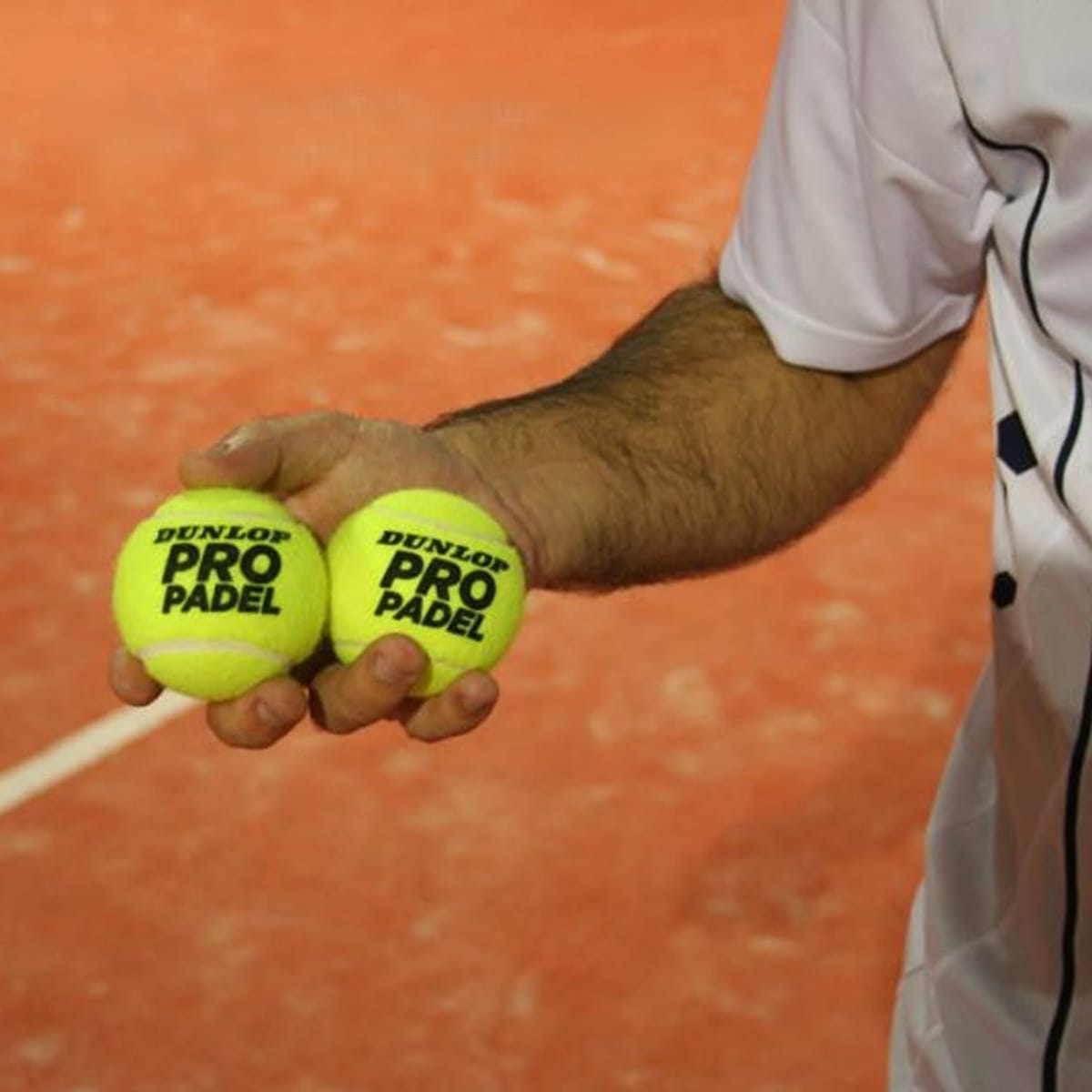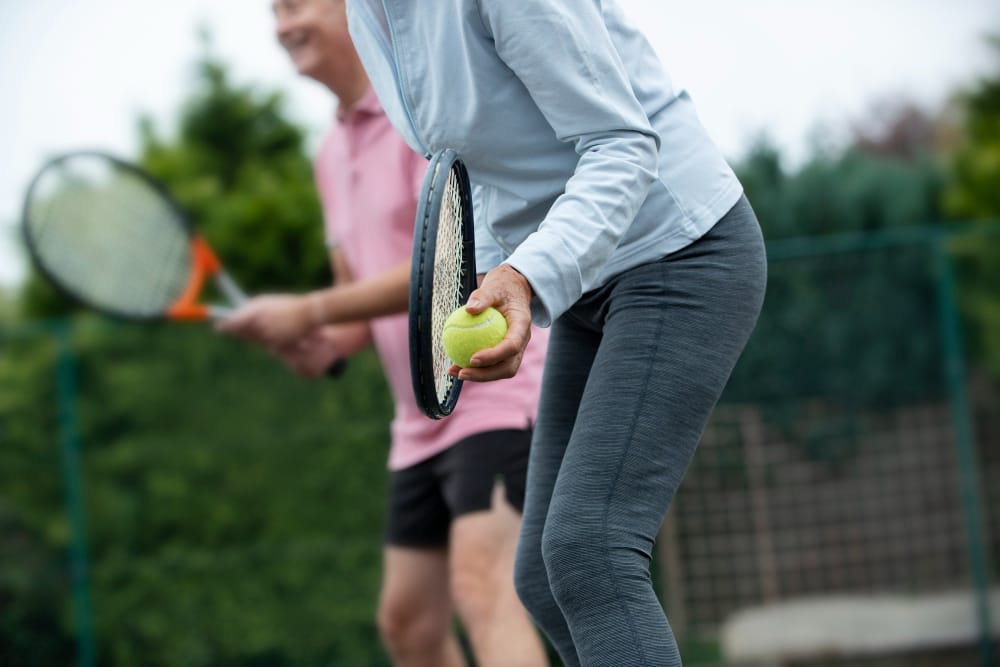Key Takeaways:
- Tennis and padel balls differ in pressure, size, and bounce.
- The choice of ball impacts gameplay significantly in both sports.
- Understanding these differences can enhance your experience in both tennis and padel.
Introduction
Tennis and padel are well-known racket sports that have captivated enthusiasts worldwide. While they share some similarities, they also have distinct differences, especially when it comes to the balls used in each sport. This article delves into the key differences between tennis and padel balls, helping you understand how these variations affect gameplay.
Physical Appearance and Composition
At first glance, tennis and padel balls might look similar. Both are typically covered in felt rubber and come in bright colors like yellow or green. However, upon closer inspection, you will notice that padel balls are slightly smaller than tennis balls. This size difference is crucial as it affects the ball’s behavior during play, highlighting the differences between padel balls and tennis balls.
The composition of the balls also varies. Tennis balls are designed with a higher internal pressure, making them bounce more. In contrast, padel balls have lower internal pressure, resulting in less bounce. This pressure difference is a key factor that influences the dynamics of each sport.
Pressure and Bounce
One of the most significant differences between tennis and padel balls is their internal pressure. Tennis balls are known for their higher pressure, which gives them a lively bounce. Using tennis balls disrupts the dynamics of a padel match due to their higher bounce. This characteristic is essential for the fast-paced nature of tennis, where quick reflexes and rapid movements are crucial.
On the other hand, padel balls have less pressure, leading to a lower bounce. This lower bounce is suitable for the enclosed padel court, where the ball often interacts with the glass wall. The reduced bounce allows for more controlled and strategic play, which is a hallmark of padel tennis.
Size and Weight
The size and weight of the balls also play a significant role in differentiating the two sports. Tennis balls are slightly larger and heavier compared to padel balls. This difference in size and weight affects how the ball travels through the air and how it responds to racket strikes.
For advanced players, these differences are critical. A tennis ball's larger size and higher weight require more force to control, while a padel ball's smaller size and lighter weight allow for more finesse and precision. Understanding these nuances can help players choose the right ball for their next game.
Impact on Gameplay
The differences in pressure, size, and weight between tennis and padel balls have a profound impact on gameplay. In tennis, the higher pressure and larger size of the ball contribute to a faster-paced game with more powerful shots. Tennis players need to be quick on their feet and have strong, accurate strokes to keep up with the game's demands.
In contrast, padel tennis emphasizes strategy and control. The lower pressure and smaller size of the padel ball make it easier to execute precise shots and maintain longer rallies. The enclosed padel court and the interaction with the glass wall add another layer of complexity, requiring players to think several steps ahead.
Rules and Regulations
Tennis rules and padel rules also reflect the differences in the balls used. Tennis rules specify the use of balls with higher pressure and larger sizes, which are suitable for the open tennis court. These rules ensure that the game remains fast-paced and challenging.
Padel rules, on the other hand, mandate the use of balls with lower pressure and smaller size. These balls are ideal for the enclosed padel court, where the glass wall plays a significant role in gameplay. The rules are designed to enhance the strategic and controlled nature of padel tennis.
Choosing the Right Ball
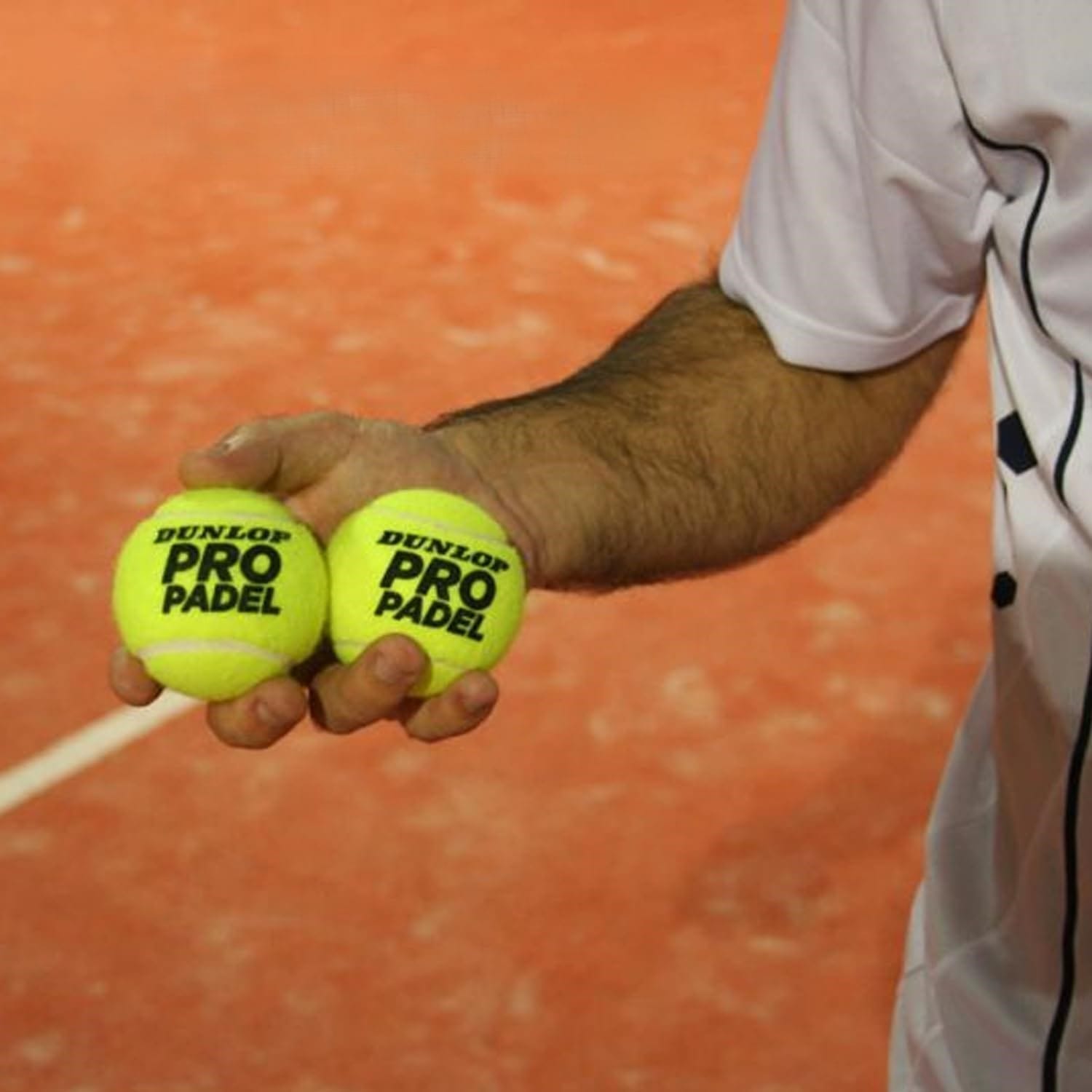
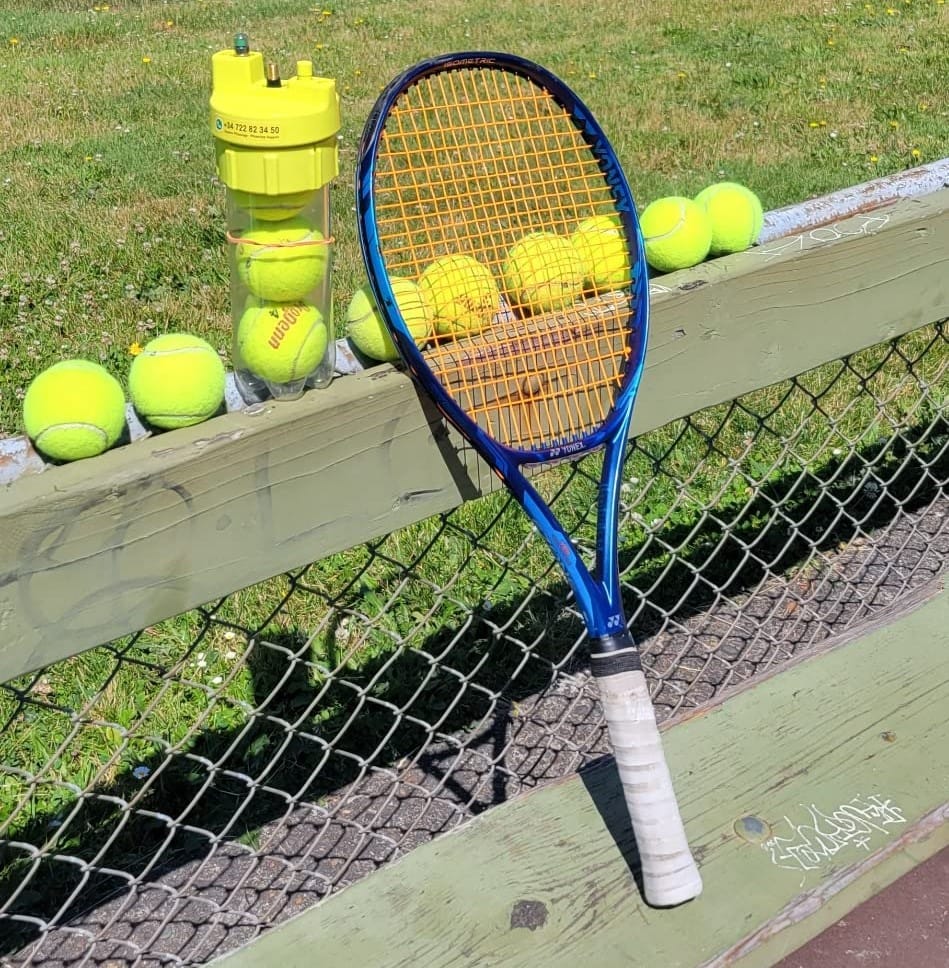
Choosing the right ball for your game is crucial, whether you are playing tennis or padel. For tennis, you need a ball with higher pressure and a larger size to match the sport's fast pace and powerful shots. Different brands offer a variety of tennis balls, so it's essential to select one that suits your playing style.
For padel, opt for a ball with lower pressure and a smaller size. These balls are designed to provide the control and precision needed for the strategic nature of padel tennis. Again, different brands offer various options, so choose one that aligns with your preferences and skill level.
Practical Examples
Consider a scenario where a tennis player decides to start playing padel. Initially, they might struggle with the lower bounce and smaller size of the padel ball. It is also important to understand the distinctions between padel balls, tennis balls, and pop tennis balls, including differences in size, weight, material, bounce, and internal pressure. However, with practice, they will learn to appreciate the control and strategic depth that padel offers.
Conversely, a padel player trying tennis for the first time might find the higher bounce and larger size of the tennis ball challenging. They will need to adjust their technique and develop stronger strokes to succeed in tennis. These practical examples highlight the importance of understanding the differences between the two sports.
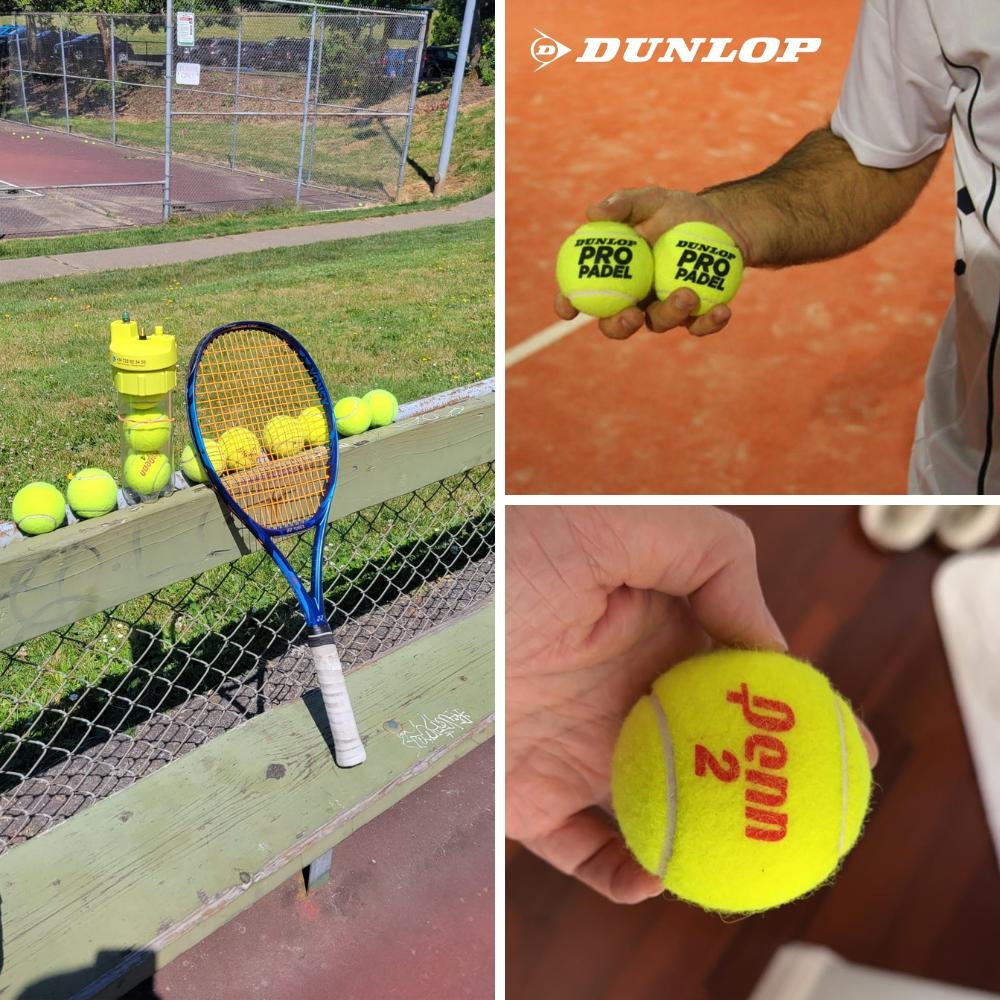
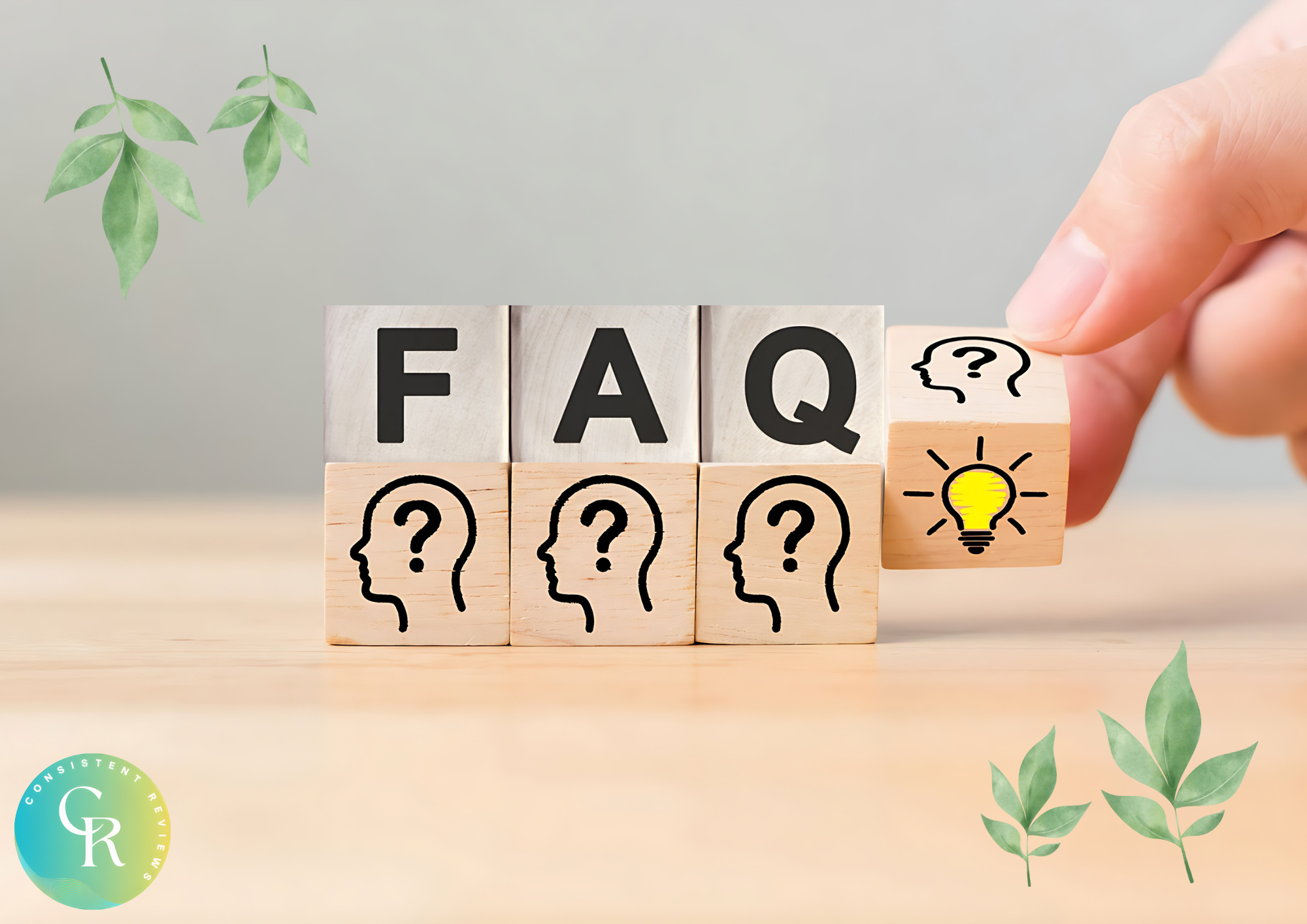
Can I use tennis balls to play padel?
No, tennis balls are not suitable for padel due to their higher pressure and larger size. Padel balls are specifically designed for the sport, with lower pressure and smaller sizes to match the enclosed court and strategic gameplay.
Are there different brands of padel balls?
Yes, several brands offer padel balls, each with slight variations in pressure, size, and weight. It's essential to try different brands to find the one that best suits your playing style and preferences.
How do the rules of tennis and padel differ regarding balls?
Tennis rules specify the use of balls with higher pressure and larger size, suitable for the open court and fast-paced gameplay. Padel rules mandate balls with lower pressure and smaller size, ideal for the enclosed court and strategic nature of the game.
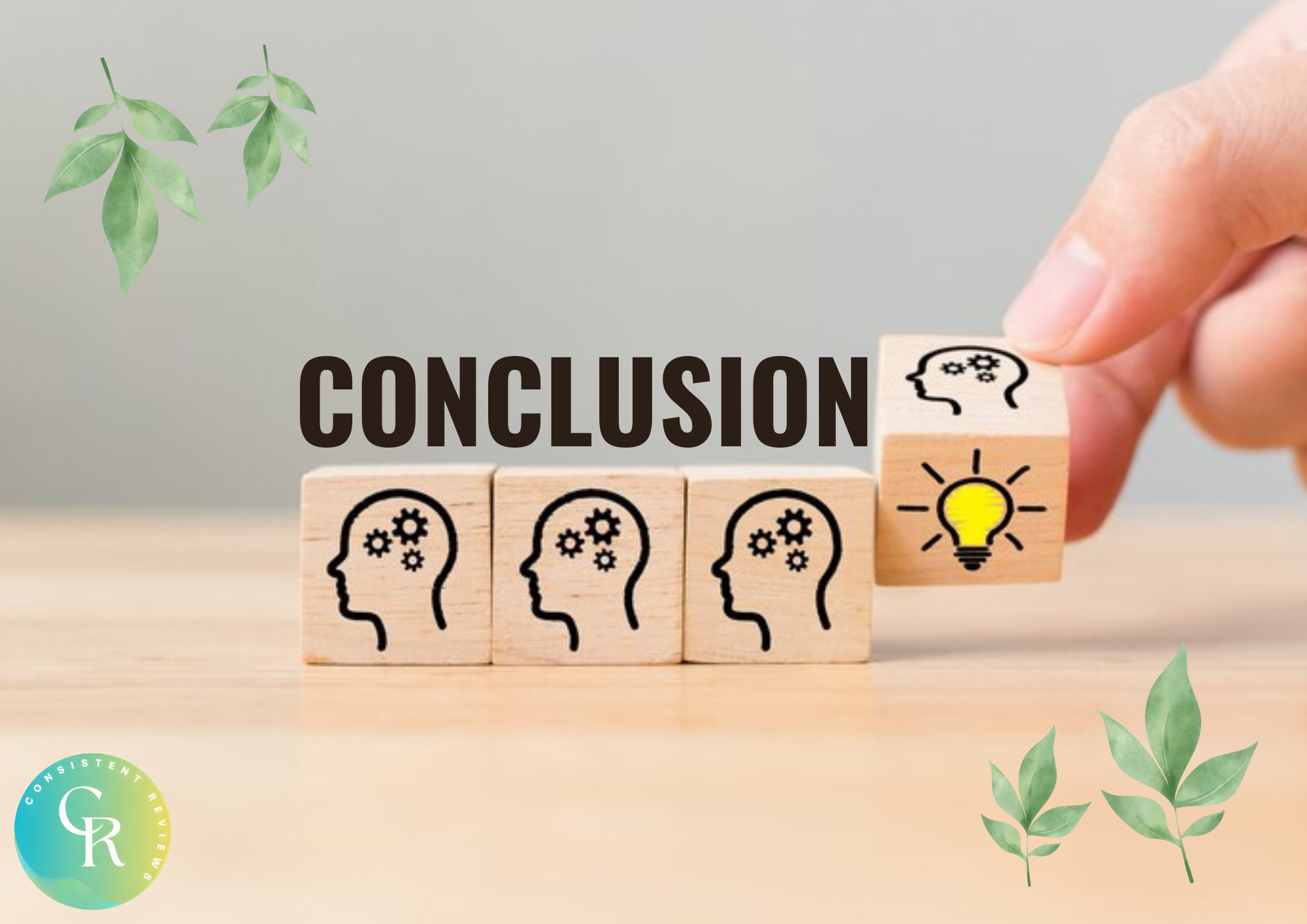
In summary, while tennis and padel balls may appear similar at first glance, they have distinct differences that significantly impact gameplay. Tennis balls are larger, heavier, and have higher pressure, resulting in a fast-paced game with powerful shots. Padel balls are smaller, lighter, and have lower pressure, leading to a more controlled and strategic game. Understanding these differences can help you choose the right ball for your game and enhance your overall experience in both sports.
